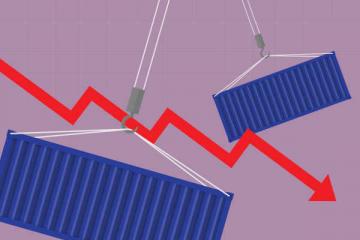You remember the story of Goldilocks and the three bears, right? One porridge was too hot, one was too cold and one was just right.
That concept is central to the supply chain managed by Wine Access, the direct-to-consumer wine retail platform. According to Andrew Walleck, Wine Access’s COO, the platform manages an average of 800 SKUs at any given time, representing some of the world’s best-known brands, and ships millions of bottles each year from facilities on the East and West coasts.
I was interested in talking to Walleck for two reason. The first is selfish; I love wine. The second is that over the last few years, I’ve been fascinated by the emergence of new business models and the supply chains being developed to support them, including the special requirements related to handling the products in that supply chain.
Wine Access brought those two together. For one, wine is among the most heavily regulated products sold to businesses and consumers. That’s because the sale of wine, beer and spirits is controlled at the state level. That means you have 50 different sets of licensing and distribution requirements to contend with.
For another, while wine is as old as dirt, the ability to sell wine across state lines direct-to-the-consumer is a relatively new phenomenon. And finally, it’s the product itself: You may not think of it when you’re sipping a glass of cabernet, chardonnay or champagne, but wine is a living and breathing thing that changes and matures in the bottle for years. The quality of your bottle can be affected by any number of factors, ranging from light to shock, but most importantly temperature. Like Goldilocks, you don’t want it too hot or too cold when you ship wine. You want it just right.
While this may come as a surprise, a 2005 Supreme Court decision known as Granholm v. Heald made Wine Access possible. For law geeks, this was a 5–4 decision that decided that laws in states like New York and Michigan that permitted in-state wineries to ship wine directly to residents could not prohibit out-of-state wineries from doing the same: If the in-state winery can ship to consumers, so can licensed out-of-state wineries.
According to media reports, the Supreme Court decision marked the culmination of an 8-year battle by small wineries to open up markets to direct sales, although online sales represented about 2% of total sales at that time. Wine Access currently ships to 46 states plus the District of Columbia – not every state opened up its markets to direct-to-consumer shipments by anyone.
“A lot of the evolution in the online wine industry has taken place since that ruling,” Walleck says. Perhaps the biggest challenge was creating a supply chain that could offer the selection that wine lovers look for – if you really love wine, you’re always looking for that great bottle at a great price as well as the next, new great winery; the customer service expectations created by Amazon, Walmart and DoorDash; and to do so with a product that is fragile and sensitive to the elements.
What does it look like at Wine Access?
According to Walleck, the company works with 3PL partners to operate its two facilities; one near wine country in Northern California serves everything west of the Rockies, and a second in upstate New York serves the rest of the country. Shipment is typically two-days by FedEx and UPS – with a catch predicated on weather.
Now, most of the wine industry operates on two-day shipping. But, wait times are common from leading wineries. A high-end winery like Shafer Vineyards announces the release of its flagship cabernet in the early summer months, but Shafer doesn’t ship the most recent vintage until October, and November in some years, to avoid the heat.
Wine Access doesn’t have that luxury, and its likely its customers don’t have the patience. “Our model is to promise quick delivery and perfect provenance of the bottles,” Walleck says. “To do that, we’ve created a high-performance supply chain built on a lot of data and relationship management with our partners.”
The first piece is planning. With many wineries and varieties, Wine Access has a history of how many people engaged to make a purchase, and at what price points or promotions they were enticed. The company uses that information to place orders with the wineries.
Once Wine Access is ready to take orders, customers are given ship dates to choose from. Based on when product is going to go out the door, orders are released essentially for just-in-time delivery. The idea is to bring the wine in, process and get it out the door as quickly as possible. That said, some evergreen items are kept in reserve storage. “Essentially, one big chunk of inventory comes into the facilities and is burned down almost immediately because about 90% of customers pick the first available ship date,” Walleck says. “Our facilities might need a day to go from dock to stock, but once that happens, we begin to pick and pack and get it ready for shipment.”
That’s the quick delivery portion of the supply chain. To ensure the provenance, or quality, of the wine, Wine Access does extensive in-house analysis to forecast the weather once orders have been placed. “We’ve built a map that looks at every zip code that order will go through to get delivered and what are the high and low temperatures along the way,” Walleck says. “If we’re shipping 6 bottles of Pinot Grigio from our Vacaville facility to Los Angeles, our weather data allows us to plot the best route based on the temperature.”
He adds that if the map predicts a warm front, they can delay shipment until that passes, or, if the delivery date is important, to use insulated, temperature-controlled packaging to protect the order until its delivered. “The data gives us choices,” he says.
Coming out of the pandemic, the fastest-growing portion of the business, and the supply chain, is Wine Access’s wine club. The go-to-market strategy is to work with media partners like the Michelin Guide and Sunset and Decanter magazines. While weather still plays an important role when it comes to shipping orders, the approach is different.
Wine Access and its partners are choosing the wines, and since the number of bottles required is a known quantity, they are able to make the schedule, synchronizing the arrival of wine, packaging materials, inserts and marketing content that goes with the order. “We can give our distribution centers a long runway, and say, here’s 1,000 orders and you have the next week or so to get them out. That allows them to smooth out the work in the distribution center.”
Walleck notes that trying to operate a high-performance supply chain in an industry that contends with licensing and permitting requirements to the perishable nature of the product to the variability of weather is a little like trying to put a Ferrari body over a Model T – or maybe, putting a Ferrari engine on a Model T chassis – but he says that what he is most proud of is the ability to use weather to its advantage. “We have built something that even Amazon has not decided to make.”
SC
MR

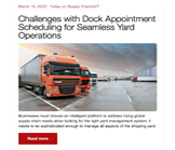
Latest Supply Chain News
- April Services PMI declines following 15 months of growth, reports ISM
- Attacking stubborn COGS inflation with Digital Design-and-Source-to-Value
- Despite American political environment, global geopolitical risks may be easing
- Joseph Esteves named CEO of SGS Maine Pointe
- Employees, employers hold divergent views on upskilling the workforce
- More News
Latest Podcast
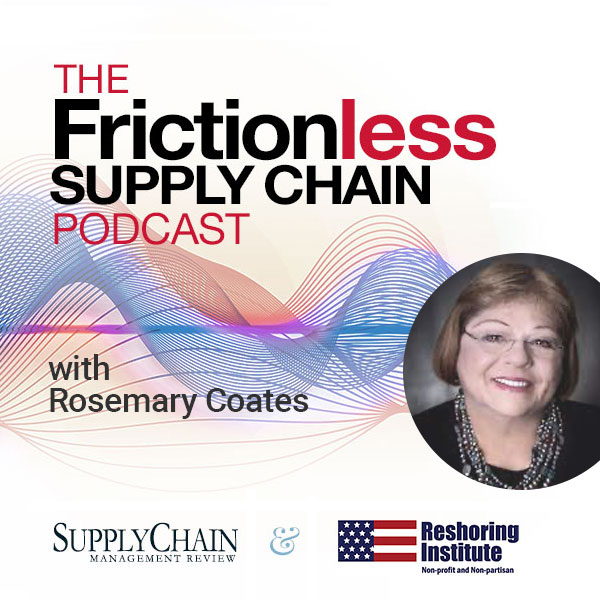
 Explore
Explore
Latest Supply Chain News
- April Services PMI declines following 15 months of growth, reports ISM
- Attacking stubborn COGS inflation with Digital Design-and-Source-to-Value
- Despite American political environment, global geopolitical risks may be easing
- Joseph Esteves named CEO of SGS Maine Pointe
- Employees, employers hold divergent views on upskilling the workforce
- April manufacturing output slides after growing in March
- More latest news
Latest Resources

Subscribe
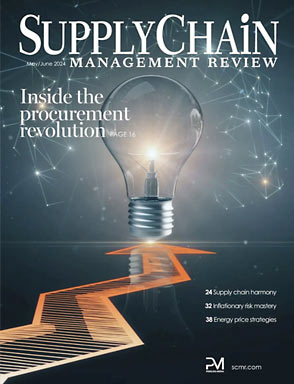
Supply Chain Management Review delivers the best industry content.
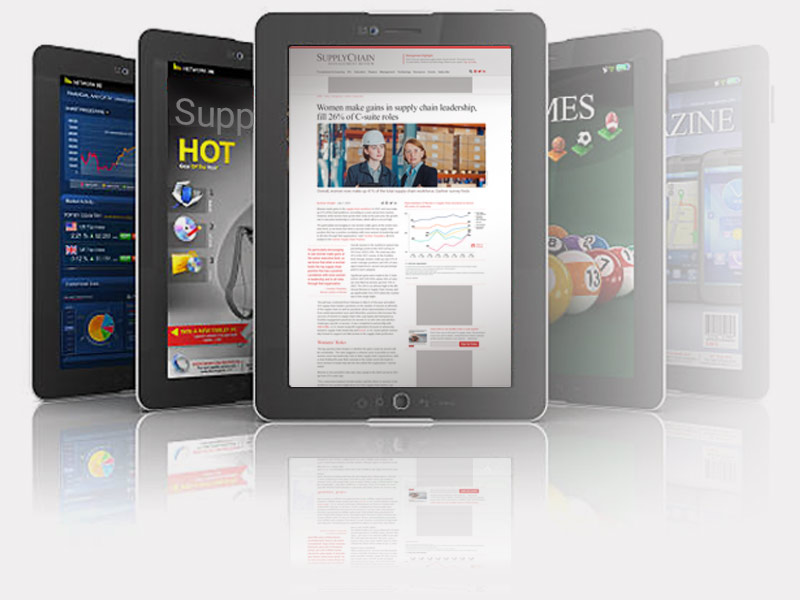
Editors’ Picks


